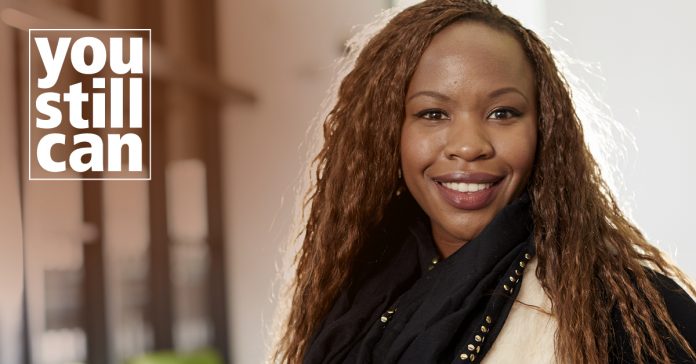With a rise in tuition fees and a declining population of 18 year olds, the University of Sunderland conducted an analysis of who was applying for which courses. The results determined how they would campaign to increase interest and applications. In this blog, David Turton, Campaign and Conversion Manager for The University of Sunderland, discusses the results and strategy of the “You Still Can” campaign, and why it was successful.
What was the problem?
As anyone who works in higher education will agree, we have experienced a turbulent few years recruiting students to universities. With the cap on tuition fees rising to £9,000 in 2012 and a declining population of 18 year olds in the UK, prospective students are questioning whether a degree is the right option for them.
In Sunderland, where a large proportion of UK students come from the North East region – with its high levels of unemployment and dramatic 17% drop in 18 year olds compared to the 9% national average – recruitment is arguably more challenging than for many other universities.
These difficult market conditions were evident after the 2016 UCAS deadline, where Sunderland saw a drop in undergraduate applications from UK students. This left a challenge to meet recruitment targets, and a need to increase the number of ‘late’ applicants.
What did we do?
To meet this challenge, the marketing and recruitment team started with its own records, identifying characteristics of late applicants. Where do they come from? What do they study? How old are they? After careful analysis the team moved on to more qualitative angles using small focus groups, assessing the emotional reasons driving these applicants to apply outside the UCAS deadline.
What did we discover?
People applying after the UCAS deadline and before Clearing are typically older, aged 20-30, and much more local to the University of Sunderland than pre-UCAS deadline applicants. They are generally interested in more people-centric courses, using their life experience to help others and pursue work that creates a sense of job satisfaction. Late applicants are more likely to apply for a single institution, making their conversion rates higher than those who apply before the UCAS deadline.
Using the research available, three personas were devised:
- Career Changers – people in roles that they do not see as ‘career’ jobs, where a degree could help them achieve a more rewarding career.
- Career Enhancers – people working in an industry that they want to progress in and feel that a degree could help them achieve that ambition.
- Passion Pursuers – people who wish to formalise their passion for a subject in the form of a qualification, potentially with a view to teaching it.
Barriers to study included thinking their university time had passed them by, anxiety at being overshadowed by younger ‘whizzkids’, as well as financial and childcare issues. External reports from the Guardian and NUS correlated these findings.
How did we turn insight into action?
The research findings were fed into a campaign which was delivered between January and June, using a mixture of paid, owned and earned content. The motivations and barriers led to a message hierarchy, with the overarching campaign strapline ‘You Still Can’.
Outdoor advertising, social media and segmented CRM messaging were used to disseminate communications to the audience, leveraging University of Sunderland’s honorary graduates including Alastair Stewart, relevant case studies and local figures. Open Days were also modified to appeal to more mature applicants, allowing people to ‘drop in’ at their convenience.
What were the results?
Advertising messages had a reach of over 12m, with over 33,000 visits to the campaign landing page. The campaign targets were all exceeded, including open day attendees, applications and enrolments. Return on investment was 1,422 per cent, based on tuition fee revenue against advertising costs.
Interestingly, the number of applicants aged over 30 was extremely high, encouraging the University to focus on this age group in the future years.
What did we learn?
The You Still Can campaign was an excellent example of using customer insight to increase recruitment in a market not previously targeted.
Takeaways:
- Interrogate your owned data to discover who your audience is. Can you segment them further to target them with relevant messages?
- Use research findings to create personas, humanising your audience and helping deliver effective messaging.
- Place content on a mixture of paid, owned and earned channels that is relevant to your audience personas.








